Swertia chirata(Kiratatikta) benefits dosage, side effects, and how to use it?
What is Swertia chirata (Kiratatikta)? Discover the potent herbal remedy Swertia chirata, commonly known as Kiratatikta , renowned for its myriad …
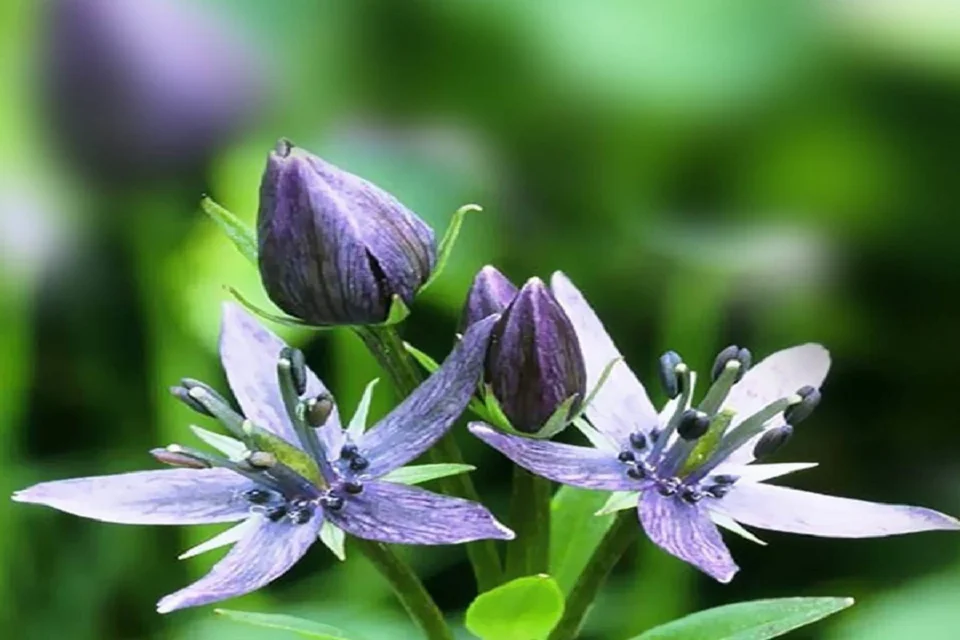
What is Swertia chirata (Kiratatikta)?
Discover the potent herbal remedy Swertia chirata, commonly known as Kiratatikta , renowned for its myriad health benefits. This bitter herb, valued in Ayurveda, offers digestive support and is prized for its hepatoprotective properties. Explore the dosage guidelines for optimal use, delve into its traditional uses in addressing fever and liver concerns, and understand potential side effects. Uncover the art of incorporating Kiratatikta into your wellness routine, balancing ancient wisdom with modern insights. This concise guide unveils the holistic aspects of Swertia chirata, empowering you with knowledge of its benefits, proper dosage, potential side effects, and effective utilization.
Kiratatikta in Ayurveda
Shivadatta koşa described Kirāta tiktā as a plant whose leaves are simile to Bhingaraja and possess golden yellow flowers. It is commonly found in the mountain areas (Himalayas?). It is used traditionally in the management of fever and wound healing.
What is the Morphology of Swertia chirata?
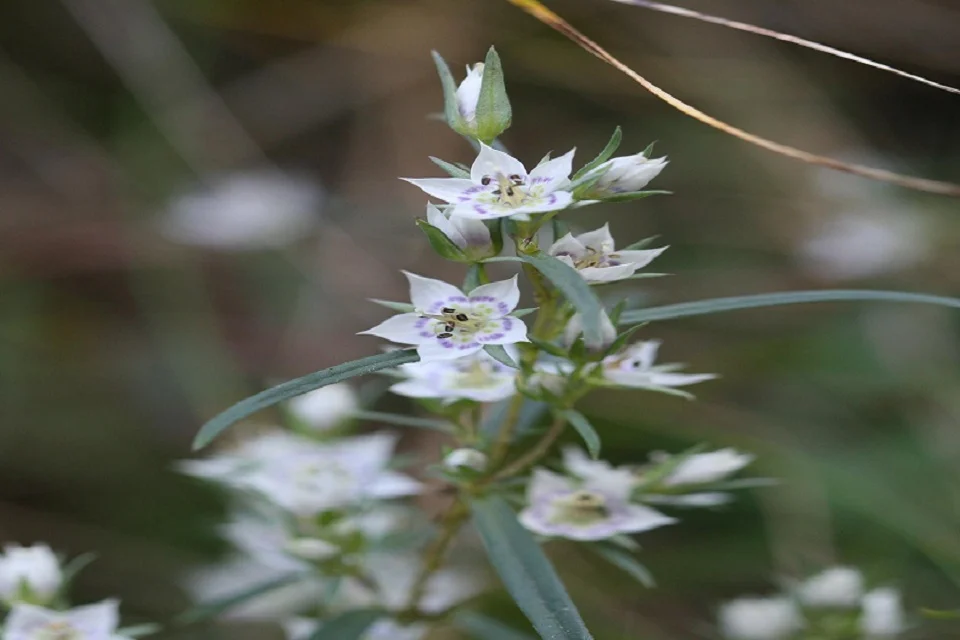
Latin name– Swertia chirata Buch.Ham (Fam, Gentianaceae)
Swertia chirata, commonly known as Kiratatikta, displays distinctive morphological features. The herb’s stem ranges from 5 to 13 cm, supporting cauline, subsessile leaves that are elliptic and acute, with the lower leaves typically larger than the upper ones. The plant’s noteworthy characteristics extend to its inflorescences, which are large, leafy, and often clustered, showcasing corollas in a unique lurid-green-yellow hue. The fruits, sessile ovate capsules, contain polyhedral and smooth seeds. This botanical gem finds its habitat in the Temperate Himalayas, thriving at elevations between 1350 and 3350 meters, spanning the region from Kashmir to Bhutan. It also graces the Khasi hills of Meghalaya, where it grows at altitudes ranging from 1200 to 1500 meters. The flowering and fruiting phases of Swertia chirata occur from August to October, contributing to its allure.
Diffrence between Swertia chirata(Kiratatikta) and Kariyatu
Kariyatu and Kiratatikta are two distinct Ayurvedic herbs, each with its unique characteristics and uses.
Kariyatu (Andrographis paniculata):
Scientific Name: Andrographis paniculata.
Common Name: Kariyatu or “King of Bitters.”
Properties: Known for its intensely bitter taste, Kariyatu is valued in Ayurveda for its immune-boosting properties. It is often used to address respiratory issues, fevers, and digestive disorders.
Uses: Traditional medicine utilizes Kariyatu for its anti-inflammatory, antiviral, and antibacterial effects. Research also explores its potential in managing various health conditions.
Kiratatikta (Swertia chirata):
Scientific Name: Swertia chirata.
Common Name: Kiratatikta.
Properties: Like Kariyatu, Kiratatikta is characterized by its bitter taste. It is traditionally known for its digestive and hepatoprotective properties, making it beneficial for liver health.
Uses: Kiratatikta is often used in Ayurveda to support liver function, treat fever, and address digestive issues. It is considered beneficial for detoxification.
Type of Swertia chirata(Kiratatikta)
Kirāta tiktā and Kalamegha are two var ties viz., S. chirata and A. paniculate.
Raja Narahari quoted two varieties,
- Kiratatikta
- Naipala Nimba
Synonyms of Swertia chirata(Kiratatikta)
Kirata, Kirataka, Bhunimba, Chirayata, Katu tikta, Kāndatikta, Rāmasēnaka
Classical Categorization of Swertia chirata (Kiratatikta) in Samhita
- Charak:Stanyasodhana, Trişhņanigrahana, Tikta skandha
- Sushruta:Aragvadhādi
- Vaghbhatta:Aragvadhādi
Other/Regional Language Names
- English: Chireta
- Gujarati: Kariyatu, Kariyatun
- Hindi: Chirayata
- Kannada: Nalebevu, Chirata Kaddi, Chirayat
- Kashmiri: Lose, Chiraita
- Malayalam: Nelaveppu, Kirayathu, Nilamakanjiram
- Marathi: Kiraita, Kaduchiraita
- Oriya: Chireita
- Punjabi: Chiretta, Chiraita
- Tamil: Nilavembu
- Telugu: Nelavemu
- Urdu: Chiraita
- Assamese: Chirta
- Bengali: Chirata
Constituents of Swertia chirata(Kiratatikta)
Xanthones, xanthone glycoside and mangiferin (Flavonoid), Gentianine
Rasa Panchak of Kiratatikta
- Rasa:Tikta
- Guna:Laghu, Ruksha
- Virya:Shita
- Vipaka:Katu
- Karma: Jvaraghna, Vranashodhana, Saraka, Trshnapaha, Raktashodhaka, Kaphapittahara, Stanya shodhaka
References of Kiratitkta in Ayurvedic texts
किराततिक्तः कैरातः कटुतिक्तः किरातकः ॥
काण्डतिक्तोऽनार्यतिक्तो भूनिम्बो रामसेनकः ।
किरातकोऽन्यो नैपालः सोऽर्द्धतिक्तो ज्वरान्तकः ॥
किरातः सारको रूक्षः शीतलस्तिक्तको लघुः ।
सन्निपातज्वरश्वासकफपित्तास्त्रदाहनुत।
कासशोथतृषाकुष्ठज्वरव्रणकृमिप्रणुत् ॥
(भा० प्र०, हरीतक्यादि वर्ग; 153-155)
What are the Benefits of Kiratitkta?
- Sannipata Jvara
- Trishna
- Daha
- Vrana
- Kushtha
- Shoth
- Raktapitta
- Arsha
- Svasa
- Krimi
What is the use of Kiratatikta in texts?
- Sotha- Kalka of Kirātatiktā and Sunthī are to be taken with Punarnava decoction (V.M.).
- Jvara- Hot infusion of Kirātatiktā is given with Dhanyaka leaves (S.B.M.).
- Rakta pitta- Kirāta tikta is given along with Candana (Ch.S.chi.4)
How much is the Dose of Kiratatikta as described in ancient texts?
1-3 g of the drug in powder form
20-30 g of the drug for decoction
What are the Useful Part of Kiratitkta?
Panchag (Whole plant)
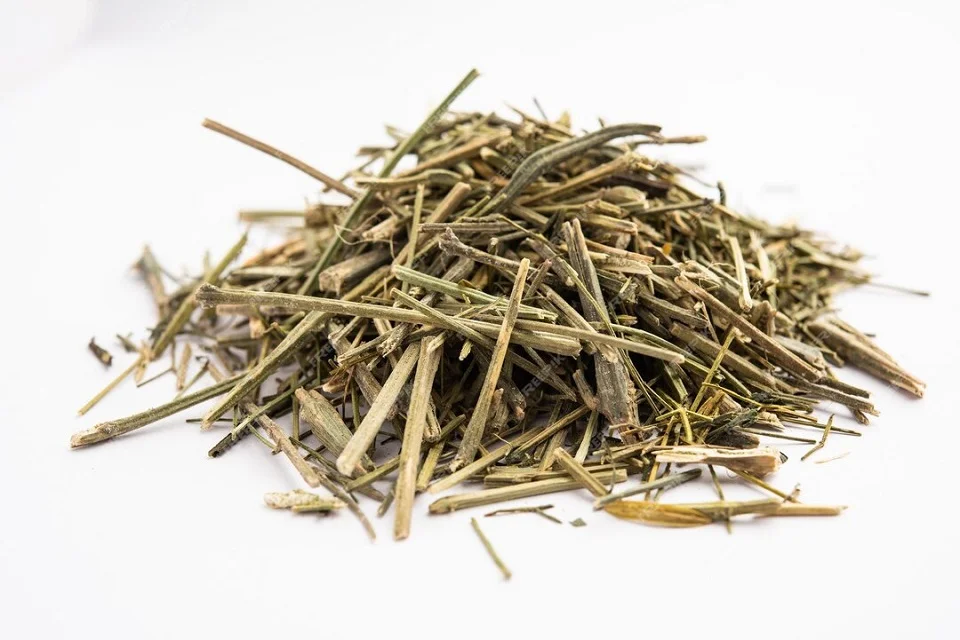
What are the side effects of Kiratatikta?
- Vomiting
- Hypoglycemia
- Dizziness
- Numbness of hand and feet
- Side effects are of taking the drug in high doses, under the guidance of qualified vaidya, or in appropriate doses it is safe to consume.
List of formulations of Swertia chirata(Kiratatikta)
- Sudarshna Churna
- Chinnodbhavadi Churna
- Chinnodbhavadi Kvatha
- Kiratadi kvatha
- Kiratatiktadi churna
- Kiratarishta
- Ayush-64
Research of Swertia chirata(Kiratatikta)
- Plant extract is used as an effective remedy for chronic liver diseases (J. Res. Ind. Med. 1973, 8, 23)
- Benzene extract suppressed in rats carrageenin-induced edema significantly (43.6%) reduced both 5-HT and bradykinin-induced hind paw edema significantly (48.7 and 41.11%) and that of prostaglandin- and dextran-induced edema significantly. Extract possessed marked activity in the granuloma pouch model (54.80%), and significant activity (42.8%) in the cotton pellet granuloma model of subacute arthritis. It also inhibited formaldehyde-in- duced arthritis (58.33%) in the early stage (Fitoterapia 1992, 63, 122).
- Swerchirin exhibited hypoglycaemic effect in fasted, fed, glucose-loaded, and tolbutamide pretreated albino rats. It lowered blood sugar (40%) in CF male rats with ED 23.1 mg/kg, oral (Planta Med. 1991, 57, 102).
- Administration of swerchirin (50 mg/kg p-o.) caused a very significant lowering of blood sugar at 7 hr in healthy and streptozotocin-treated rats (Ind. J. Exp. Biol. 1991, 21, 674).
Conclusion
In conclusion, Swertia chirata, the esteemed Kiratatikta, emerges as a powerful ally in holistic well-being. With a bitter taste masking its diverse benefits, this Ayurvedic gem provides digestive support and safeguards liver health. While understanding its optimal dosage and traditional applications, it’s essential to approach its usage with mindfulness. Delving into the rich tapestry of Kiratatikta’s potential benefits, coupled with an awareness of possible side effects, empowers individuals to integrate this herb into their wellness journey judiciously. As we navigate the realms of ancient wisdom and contemporary insights, Swertia chirata stands as a testament to nature’s profound contributions to our health.
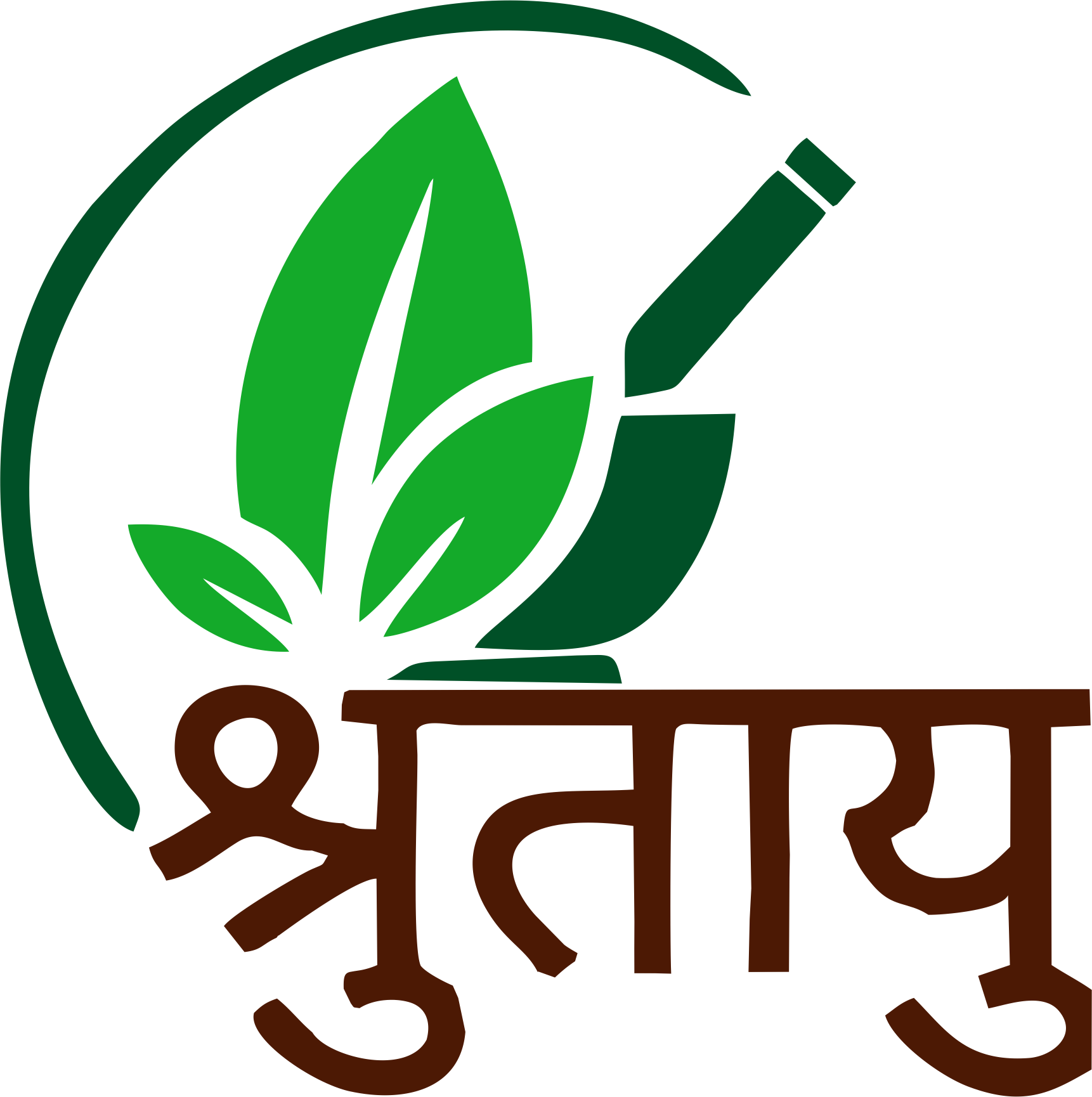
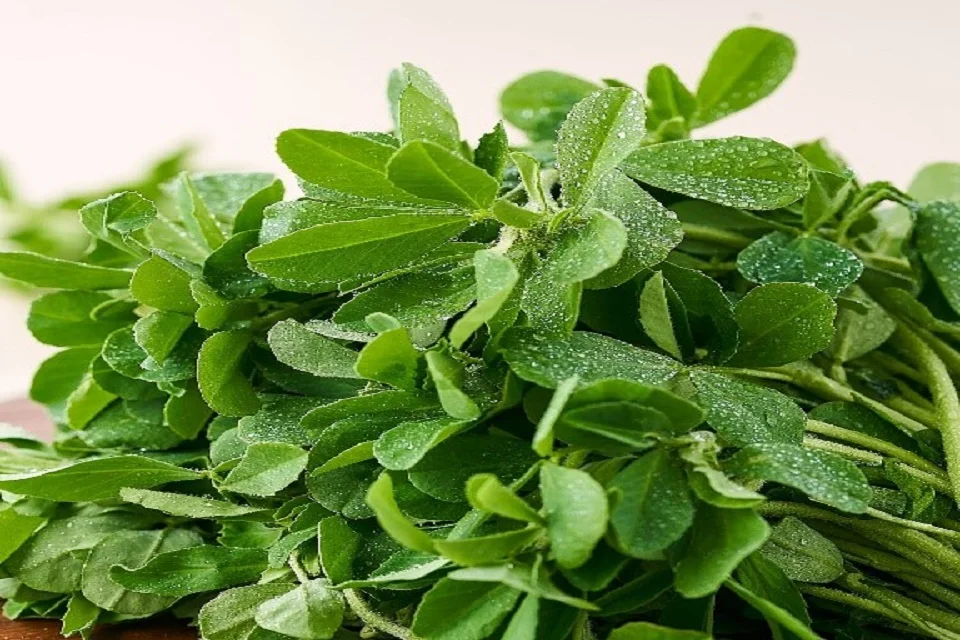




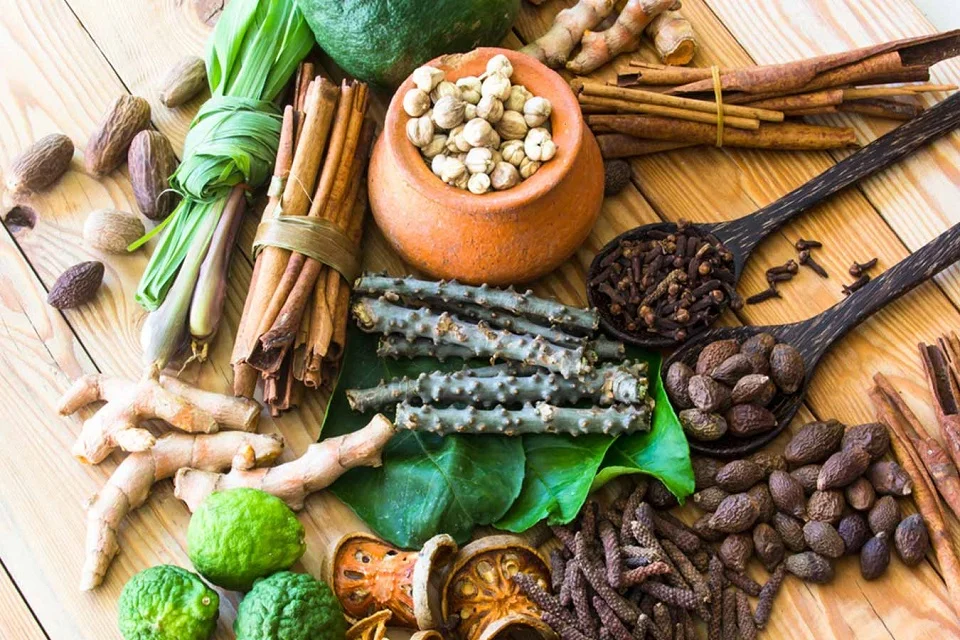

Vary informative
Before visit this article I didn’t know about difference between kariyatu and kiratikta